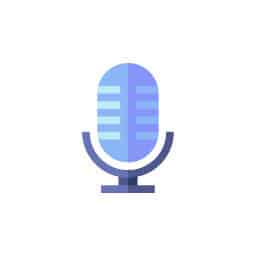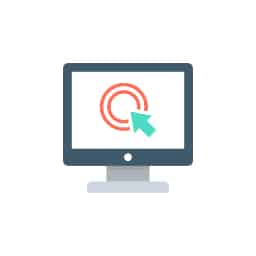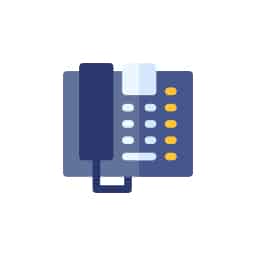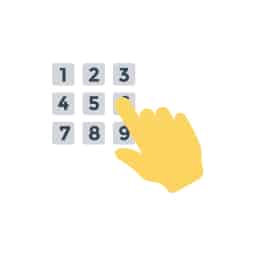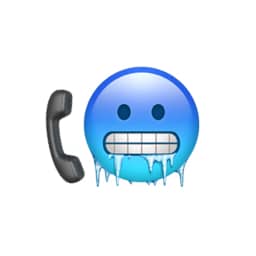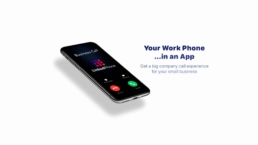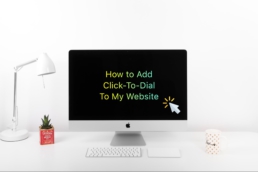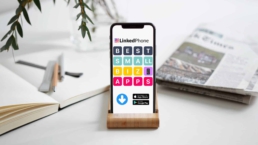How to Write a Professional Email
5 useful tips for writing professional emails:
- Begin with the appropriate greeting for the recipient
- Use conventional business formatting
- Avoid distracting stylistic choices (keep it simple)
- Read before sending
- Make sure any attachments are included
Nearly 92% of the US digital population use email as a form of communication, exceeding social media and other messaging apps. It’s almost guaranteed these days that you already use email for personal communication. But when it comes to work-related correspondence, like promoting your business, customer engagement, or interdepartmental communication, it’s critical to know how to write a professional email message in order to get information across in the right way to the people who need it.
Writing formal emails isn’t difficult. Although they shouldn’t be stuffy, professional emails are more formal and require more attention to detail. You also want to remember to avoid slang, emoticons, and textspeak you may use when writing personal emails to friends.
It’s important to get business email right because it helps you make a good first impression with new contacts, and to project a professional image during ongoing communications.
LinkedPhone serves the small business community with local & toll-free business numbers that work with your cell phone, desk phone, & laptop. Add a 2nd phone number to your cell phone with our mobile app. Talk & text with clients on the go. Add team members too. Finally break free from the desk phone. At LinkedPhone, freedom rings! 🔔📱💻☎️
Why is proper email format important?
Business email differs in a few key ways from the personal messages you send to friends. In addition to using a more professional tone and language, business email follows a specific format. Using the proper email format gives your communications structure while projecting a more polished professional image.
Writing an email for business
Start writing professional emails by following the steps and tips below and you’ll make a great impression with recipients every time.

How to Start a Business Email
Begin your business email by addressing the other person. It is common practice to use terms like Dear, Greetings, Hi, or Hello, followed by the recipient’s name and a comma or colon. For example:
- Dear Joe,
- Dear Mrs. Williams:
Always use Ms. if you’re uncertain if a woman is married, and try to avoid the generic greeting of Dear Sir or Madam; it’s just too impersonal.
If you are thanking the person or responding to a recent message, start by saying thank you or responding immediately to their question after the greeting. The idea is to get to the point quickly. Some examples include:
- Thank you for your generous contribution to the American Heart Association.
- Thanks for your interest; I’d be delighted to meet with you at the suggested time.
- Your order will be ready for pickup on Tuesday at 10 AM.
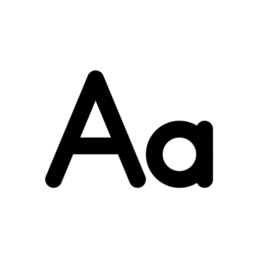
Professional Email Format
There are five key elements of a proper email format. Follow this structure when writing a formal email:
- Subject line: This is a summary, letting the recipient know the reason for the email and what to expect. For example, “Following up on your inquiry”
- Salutation: This is your greeting, such as Dear Mike,
- Body: Like the body of a letter, this section contains your entire message
- Closing: This is the last line of your email before your signature. Some examples of this include:
- Looking forward to our meeting.
- Thank you for your time
- Signature:
This section includes your name, title, and other relevant information like an email address or phone number. For example:
Best regards,
Bill Smith
CEO
XYZ, LLC
Many email programs enable you to create a preset signature that auto populates at the end of your email correspondence.
What NOT to include in a formal email
Now that you know what you must include in a formal email, here are some examples of what NOT to include when writing a professional email:
Distracting font styles—Avoid fancy or colorful fonts, and don’t overuse bold or italics text in formal emails either. These can make the email look cluttered and be distracting and difficult to read.
Uppercase letters—Avoid writing in all capital letters. This comes across as angry or overly excited, neither of which are particularly professional.
Emojis—Avoid using emoticons like winking or smiling icons you might often use in text messages. These don’t come across as professional and may cause your email to land in the recipient’s junk or spam folder instead of their inbox. Save these symbols for your personal communications.
Humor or sarcasm—Avoid humor and sarcasm in professional email communications because they can easily be misunderstood without proper context. Also you risk confusing, or potentially offending the recipient in the process.
Negativity—Avoid being antagonistic or negative in a formal email. If you need to file a complaint or deliver bad news, it’s best to do so in person whenever possible. Should you have to do this via email, choose your words very carefully and stick to the facts if you absolutely must send sensitive communications that are less than positive.
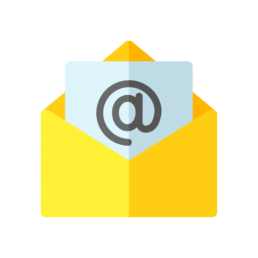
How to send a professional email
After writing your email, take the following steps as you review your email prior to clicking “send”:
Confirm you used the correct email format—Did you include the Subject, Salutation, Body, Closing, and Signature?
Verify addresses—Verify you’re sending the email to the right person(s), that the email address is entered correctly, and that you have filled in the Bcc or cc fields as desired.
Proof your email message—Review the entire email and make any necessary corrections or changes. Check for things like spelling, grammar, and capitalization.
Reread for clarity and brevity—Make sure your email is easy to read and understand. You want to avoid confusion. Then, remove any fluff. Short and sweet is best in business email.
Confirm it’s professional—As you review your message, watch out for any chat abbreviations like “LOL”, emoticons, or any other unprofessional language so you can edit them out. This is proper business etiquette.
Attachments—Confirm that you have included any attachments mentioned in your email. This prevents the recipient from having to request you send them later.
Hit send–Once you’ve finished these review steps, you’re ready to hit the send button.
Professional email examples
If you’re still confused about how to write a professional email, we’ve provided you with several free professional email examples that you can reference and use for your own business dealings:
Email to a new contact
Subject Line: Contract Opportunity
Hello Susan,
I hope this message finds you well. I’m managing a project here at XYZ Corporation and need a contractor with your skillset to write user manuals for our new software product.
This is a six-month engagement starting March 1st, and we estimate it will take approximately 15 hours per week. All work can be completed remotely, but you’re welcome to work in our facilities as well.
Please let me know if you are available and interested in this project. If so, we can schedule a time to discuss the details. I look forward to hearing from you.
Sincerely,
Ben Miller
Project Manager
XYZ Corporation

Group email
Subject Line: Planning Committee Meeting Cancelled
Hello Team,
This month’s planning committee meeting, scheduled for this Thursday, has been cancelled.
I apologize for any inconvenience, but I’m sure everyone welcomes the additional time in their schedule. We will resume our regular meeting schedule next month.
Thank you,
William Barnett
Director of Operations

Follow-up Email
Subject Line: Re: Scheduling your meeting
Hi Ben,
Thank you for your request to meet with Mr. Daniels. He is available on May 10th from 2 – 4 PM, and May 18th from 9 – 11 AM. Which of these dates and times is best for you?
Thanks again. I look forward to receiving your response.
Best regards,
Susan Day
Executive Assistant
X Corporation
Tips to craft the perfect business email
Now you know the proper email format, what to avoid, and how to prepare to send your email. Here are a few helpful tips to follow when writing an email for business purposes:
Don’t “Reply All”—When you receive a group email, don’t reply-to-all of the recipients, unless you’re instructed to do so or if the email is to prompt a group discussion. It’s best to simply reply to the sender with your response. Otherwise, you send unnecessary emails to the others who received the original communication and risk making yourself unpopular by causing them the additional work of deleting this unneeded message.
Use a meaningful subject line—Your subject line is intended to summarize the topic and purpose of your email, and it can make the difference in whether the recipient opens your message or sends it to the trash without reading it. Consider your intentions before writing your subject like.
Reference your previous conversation—If your email is a follow up to a meeting or interaction, mention something you discussed to refresh their memory and provide context for the information.
Be concise and focused—Brevity is better in business emails. Avoid fluff, get to the point, and make your email as concise as possible. Focus on only one topic in each email. If you have multiple topics, it’s best to send a separate email for each topic.
Include a call to action if appropriate—If you need the recipient to take some action in response to your email, be sure to clearly explain what you need and by when. Then close your email with something like, “Please write up the report and send me a copy by X date.”
Now it’s your turn to write the perfect business email
We’ve covered a lot of information here, but you’ve got this. Now that you know how to write a professional email, always remember to:
- Always use the proper email format to provide structure and project a professional image.
- Don’t use distracting fonts, uppercase letters, emojis, humor or sarcasm, and negativity
- Carefully review and reread your email before clicking “send” so you catch any errors and ensure your email is ready for prime time.
- Remember to be clear and concise, focused on one topic, use a meaningful subject line, and do not reply-to-all on group email.
Now that you have all the tools you need to write the perfect formal email to leads, colleagues, or customers, why not check out some of the other tools and resources for entrepreneurs here on the LinkedPhone blog? For example, you could check out some other templates for voicemail greetings on your business phone or office line. Or click for examples of a few thank you notes you can use for your business.
For more tools, take a look at the broad selection of small business resources below. If you’d like to get started with a business phone number for any of your devices, sign up for a 7-day free trial of LinkedPhone and see what a virtual number can do for you!
Business Growth Toolkit
Get the latest thought leadership insights on growing your business plus occasional LinkedPhone updates. We respect your inbox!
Small Business Resources
A special high five to Margot Howard for her outstanding research and contributions to this article. We love working with and supporting like-minded entrepreneurs who are passionate about business success strategies. Thank you Margot! ❤️
Get In Touch
We would love to hear from you.
Please contact us at any time with questions or feedback.



